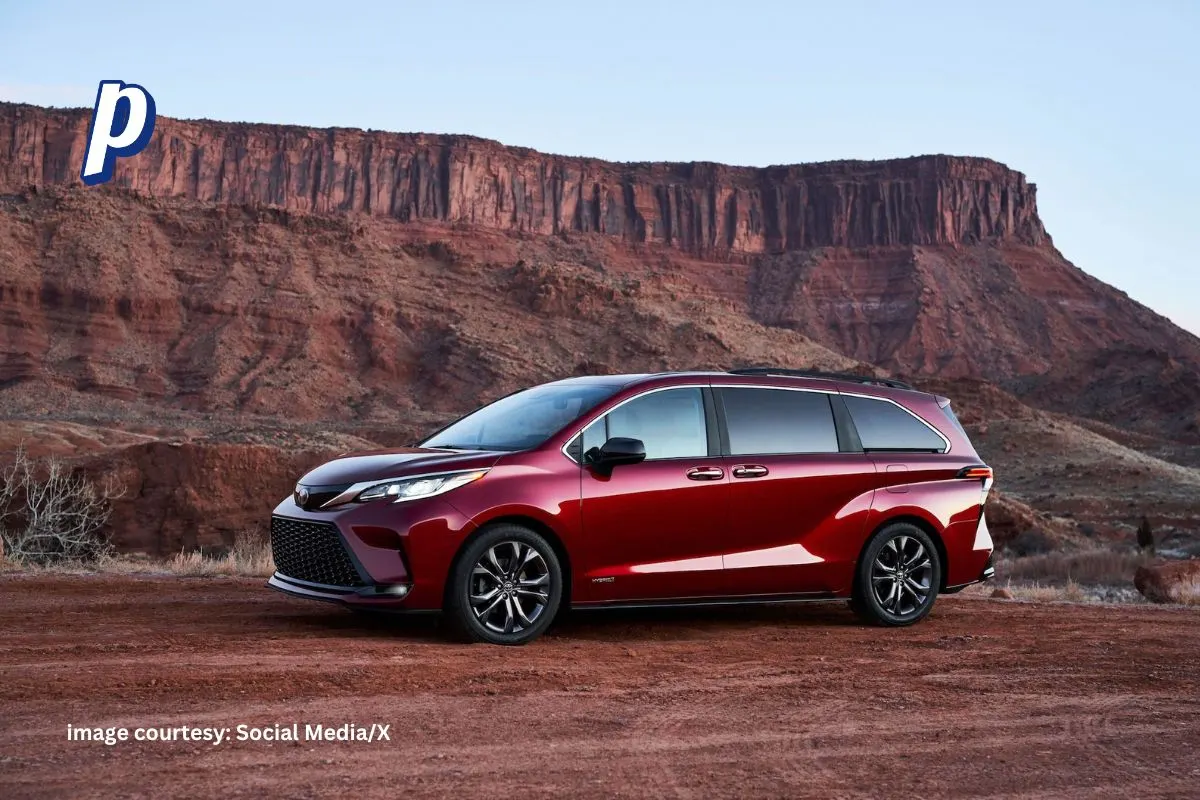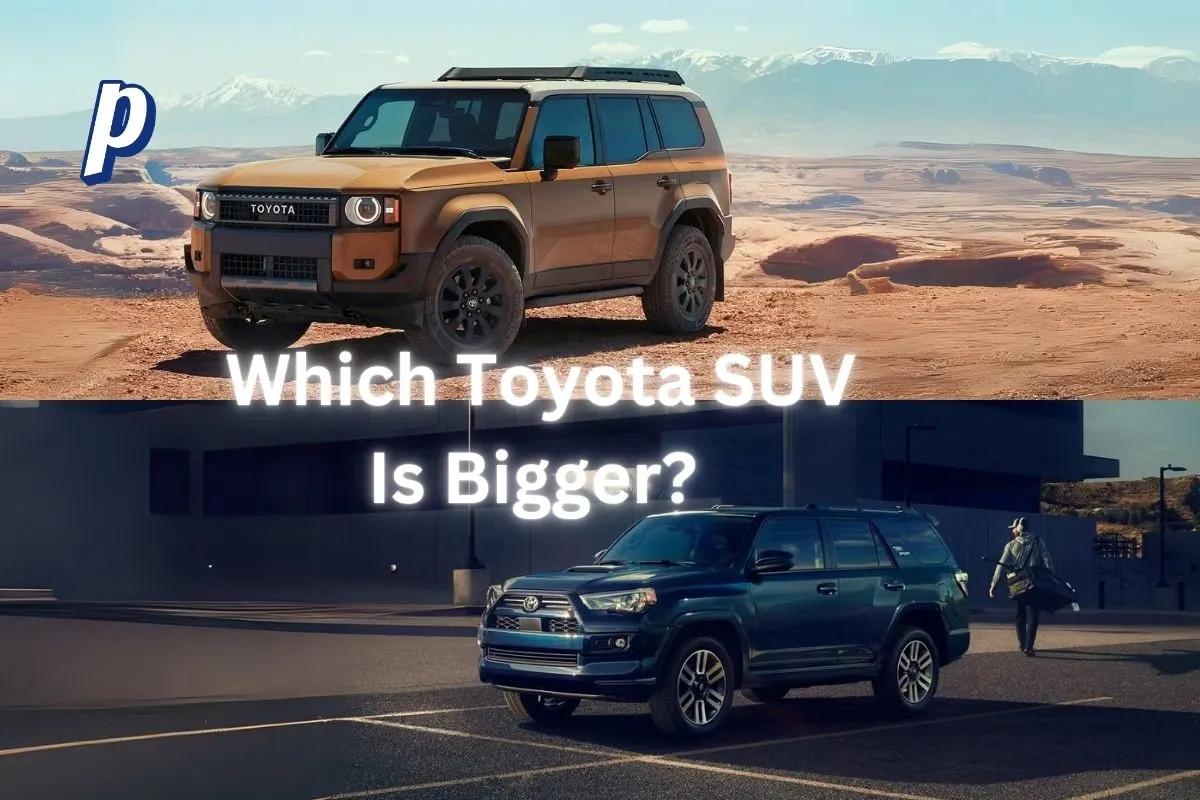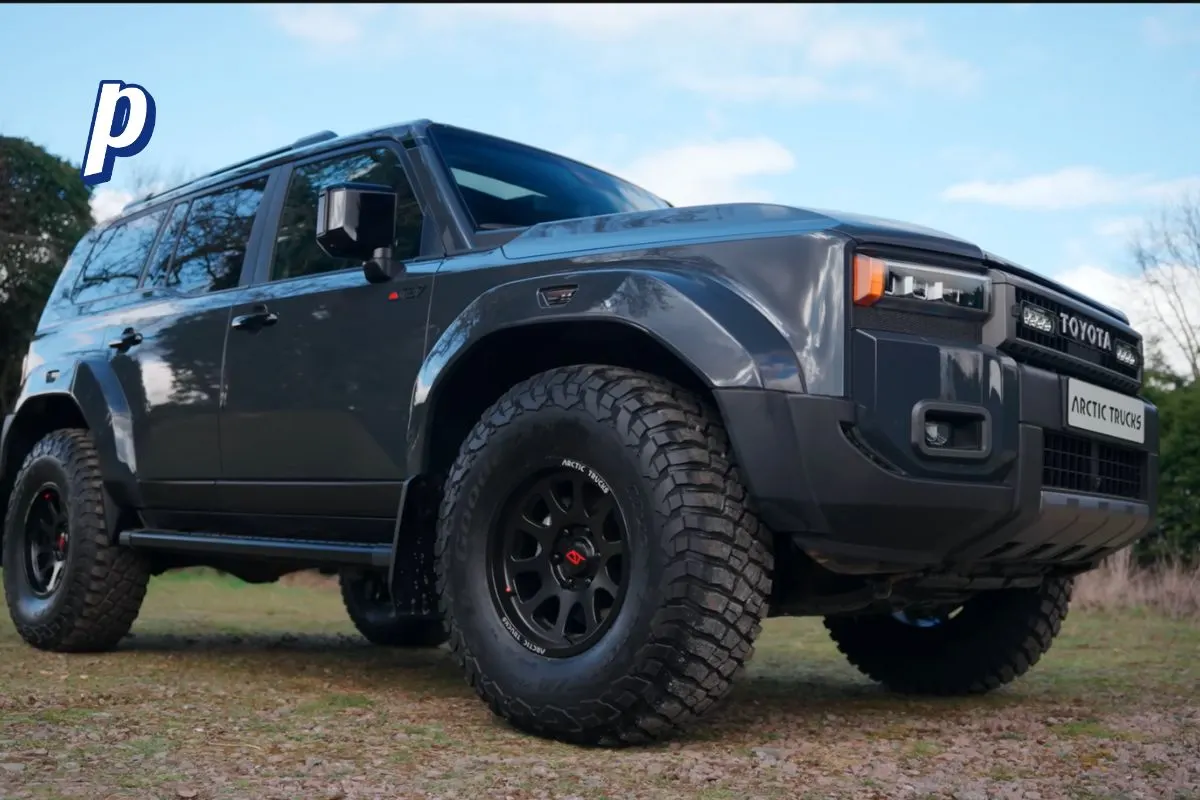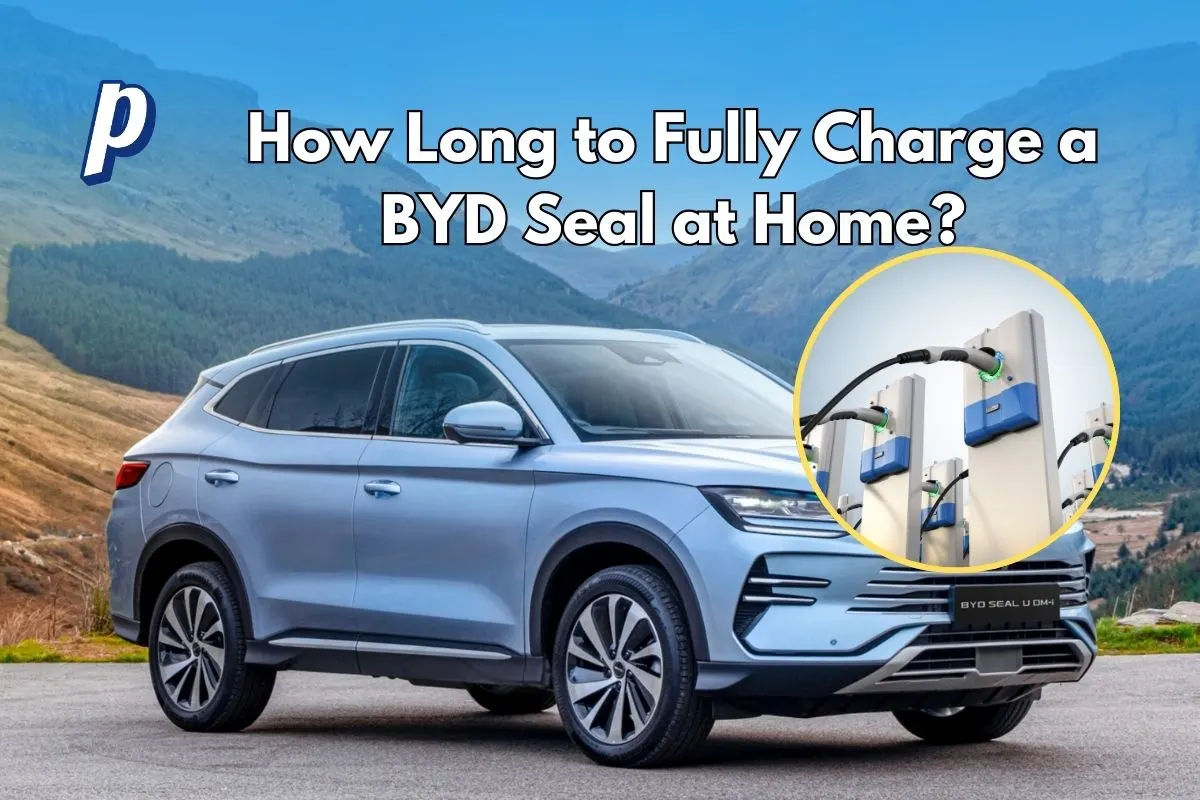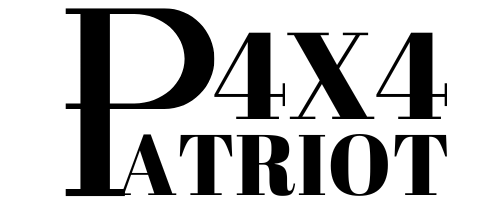The Toyota Sienna has been a family favorite since its debut in 1997, known for its spacious interior, impressive reliability, and Toyota’s hallmark safety features. Designed as a front-wheel-drive alternative to the Previa, the Sienna quickly became a staple for families across America, offering practicality and comfort in equal measure. Over the years, the Sienna has evolved into a versatile minivan, packed with modern tech and family-friendly amenities.
However, like any long-standing vehicle model, not all years are created equal. While many Sienna models have earned praise for their reliability and performance, a few have faced recurring issues that make them less desirable for prospective buyers. Whether it’s mechanical problems, electrical faults, or performance frustrations, knowing which Toyota Sienna years to avoid can save you from costly repairs and potential headaches.
In this guide, we’ll highlight five Toyota Sienna model years that fall short of expectations. If you’re in the market for a used Sienna, keep reading to make a more informed decision.
Why the Toyota Sienna Stands Out in the Minivan Market
The Toyota Sienna is celebrated for its mix of utility, reliability, and comfort. It’s a go-to option for families who value passenger space, cargo capacity, and advanced features. The introduction of all-wheel drive in select trims further cemented its appeal, especially for buyers in regions with challenging weather conditions.
That said, not every year of the Sienna has been a shining example of Toyota’s commitment to quality. From early cosmetic flaws to more significant issues like transmission failures and hybrid system glitches, certain years have been problematic. Here are the top Toyota Sienna years to avoid and why.
Read more: 2024 IIHS Top Safety Pick Awards: Mazda and Asian Automakers Dominate
1. 2004 Toyota Sienna: Early Quality Problems
The 2004 Toyota Sienna ushered in the second generation of the model, boasting a fresh design and a more family-focused interior. Despite these improvements, the 2004 Sienna faced numerous issues that frustrated owners.
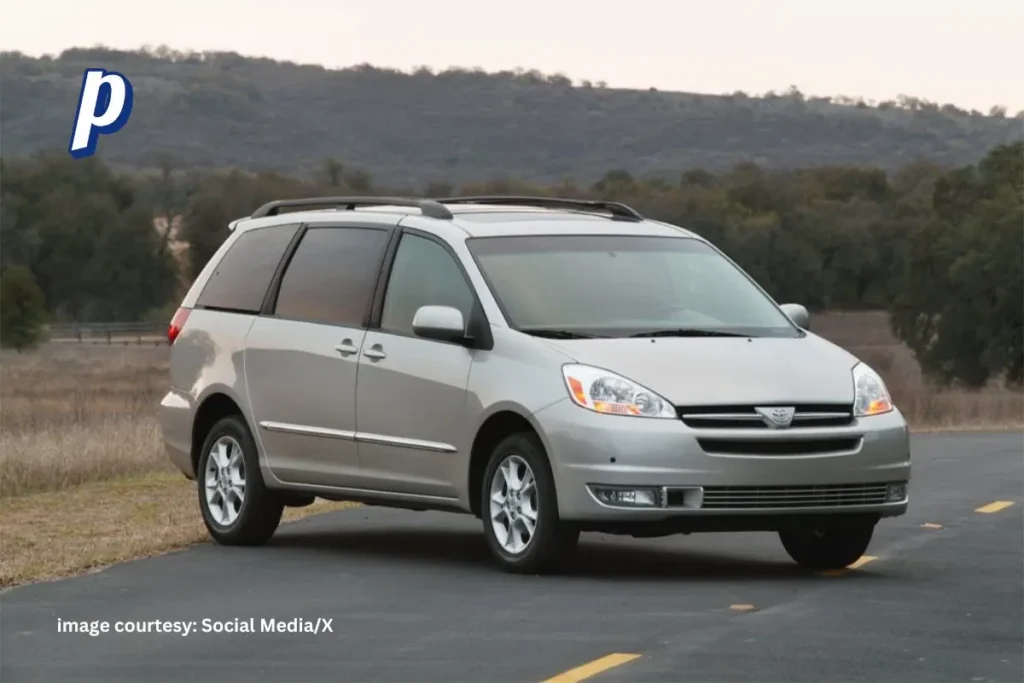
Common Problems with the 2004 Sienna:
- Premature Paint Peeling and Fading: Owners reported that the paint began to degrade within just a few years, leaving the vehicle with an unattractive exterior.
- Brake System Issues: Premature wear on brake pads and rotors led to frequent repairs, raising maintenance costs.
- Steering Problems: Vibrations and noises from the steering system made for a less comfortable driving experience.
- Electrical Malfunctions: The power sliding doors and windows were prone to failure, requiring costly fixes.
Verdict:
While the 2004 Sienna was a step forward in design, its mechanical and cosmetic issues make it one to avoid, especially for those seeking long-term reliability.
2. 2007 Toyota Sienna: Transmission Troubles
The 2007 Toyota Sienna continued the second generation but was plagued by significant transmission problems that overshadowed its family-friendly features.
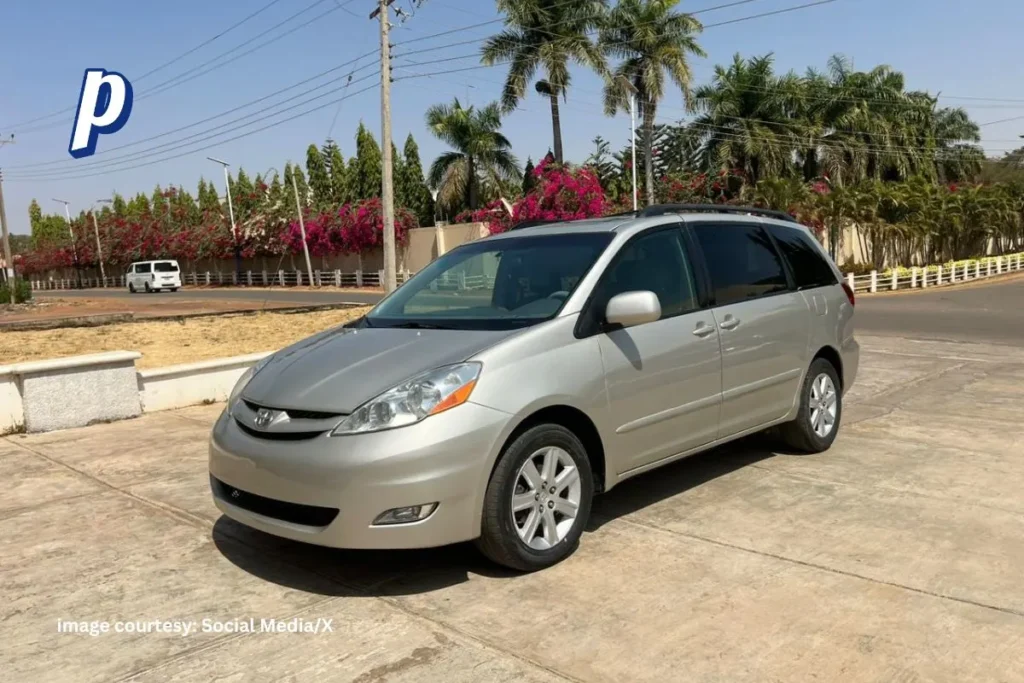
Key Problems with the 2007 Sienna:
- Transmission Failures: Rough shifting, failure to engage, and even total transmission breakdowns were common, leading to expensive repairs.
- Premature Brake Wear: Frequent brake replacements frustrated drivers and increased maintenance costs.
- Steering System Flaws: Vibrations and alignment issues contributed to a less-than-smooth driving experience.
- Electrical Malfunctions: As with earlier models, the power sliding doors often malfunctioned.
Verdict:
The 2007 Sienna’s transmission issues are costly to address, making it a risky choice for used car buyers.
Read more: Tesla Recall Alert: Nearly 700,000 Vehicles Impacted by Tire Pressure Monitoring Issue
3. 2011 Toyota Sienna: Suspension and Engine Setbacks
The 2011 Toyota Sienna introduced the third generation with a stylish redesign and a range of modern features. Unfortunately, it also brought early suspension and engine troubles that diminished its appeal.
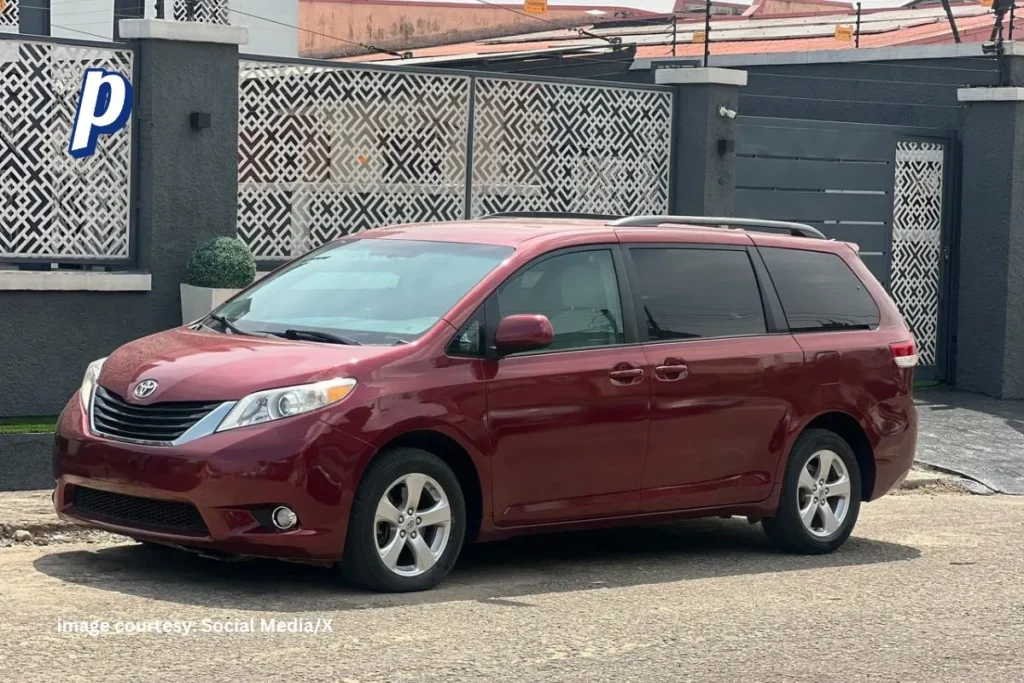
Common Problems with the 2011 Sienna:
- Premature Suspension Wear: Struts and shocks wore out quickly, leading to a rough ride and frequent repairs.
- Engine Stalling and Rough Idling: Timing chain or belt issues caused stalling and rough performance, creating safety concerns.
- Electrical Faults: Problems with the air conditioning system added to owner frustrations.
Verdict:
Despite its stylish redesign, the 2011 Sienna’s reliability issues make it a less desirable option for used car buyers.
4. 2016 Toyota Sienna: Infotainment and Safety Glitches
The 2016 Toyota Sienna brought modern tech features and refined performance but faced challenges with its infotainment system and safety technology.
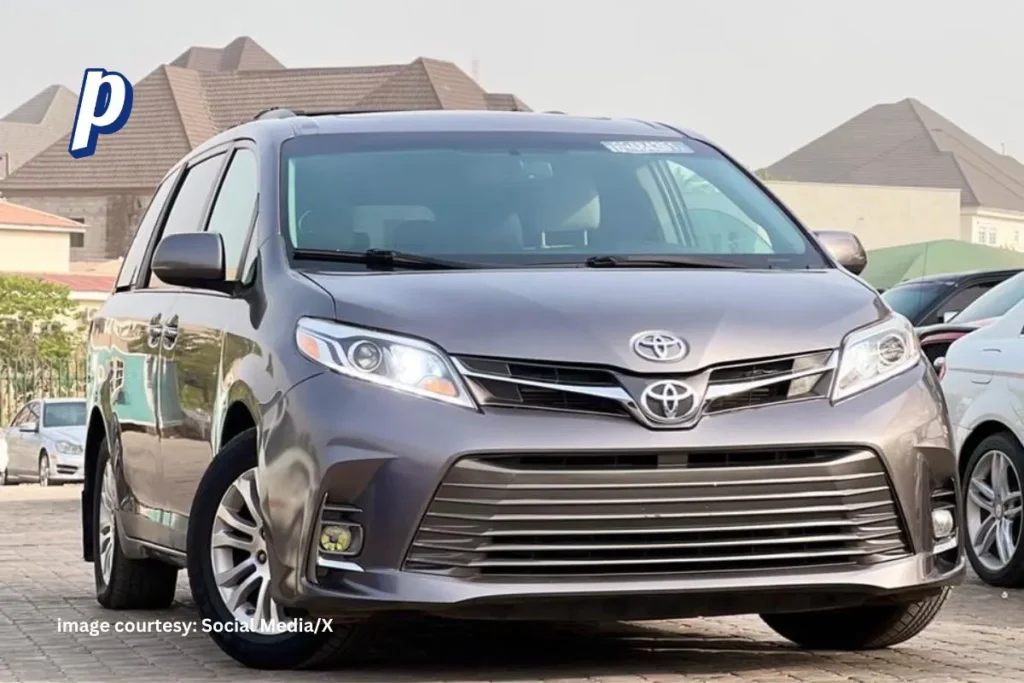
Key Problems with the 2016 Sienna:
- Infotainment Malfunctions: Unresponsive touchscreens, Bluetooth connectivity issues, and frequent system crashes were common complaints.
- Safety Feature Failures: The rearview camera and lane departure warning system often malfunctioned, reducing confidence in the vehicle’s safety capabilities.
- Premature Brake Wear: Continuing a trend from earlier models, the brakes required frequent replacements.
Verdict:
For families relying on modern tech and safety features, the 2016 Sienna’s glitches are a significant drawback.
5. 2021 Toyota Sienna: Hybrid System Woes
The 2021 Toyota Sienna marked a significant shift by introducing a hybrid powertrain as standard, aiming for better fuel efficiency. While innovative, this model year faced several growing pains.
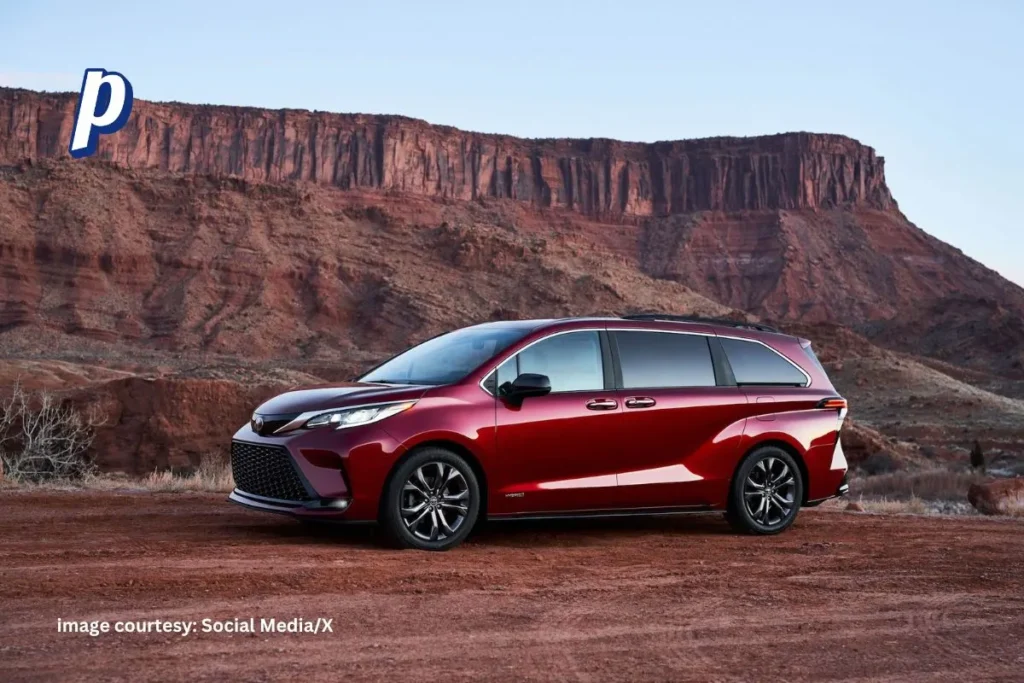
Common Problems with the 2021 Sienna:
- Hybrid System Failures: Stalling and error messages related to the hybrid battery caused reliability concerns.
- Transmission Issues: Rough shifting and hesitation during acceleration were frequently reported.
- Stiff Suspension: A firmer ride than expected made it less comfortable for families.
- Infotainment Glitches: Connectivity problems and software crashes persisted.
Verdict:
The 2021 Sienna’s hybrid system and transmission issues are significant enough to consider other options if you’re in the market for a used hybrid minivan.
Toyota Sienna Years to Avoid
The Toyota Sienna remains a top choice for families seeking a reliable, spacious, and comfortable minivan. However, not all model years deliver the same level of performance and satisfaction.
Summary of Sienna Years to Avoid:
- 2004: Paint, brake, and electrical issues.
- 2007: Transmission failures and brake problems.
- 2011: Suspension and engine troubles.
- 2016: Infotainment and safety glitches.
- 2021: Hybrid system and transmission concerns.
By steering clear of these problematic years and thoroughly researching any used Sienna you’re considering, you can find a model that lives up to Toyota’s reputation for quality and reliability. For the best ownership experience, focus on well-maintained models from other years with fewer reported issues.
When buying a used minivan, it’s always wise to invest in a thorough vehicle inspection and review its service history. This proactive approach can help you enjoy the best that the Toyota Sienna has to offer without the frustrations of unexpected repairs.
